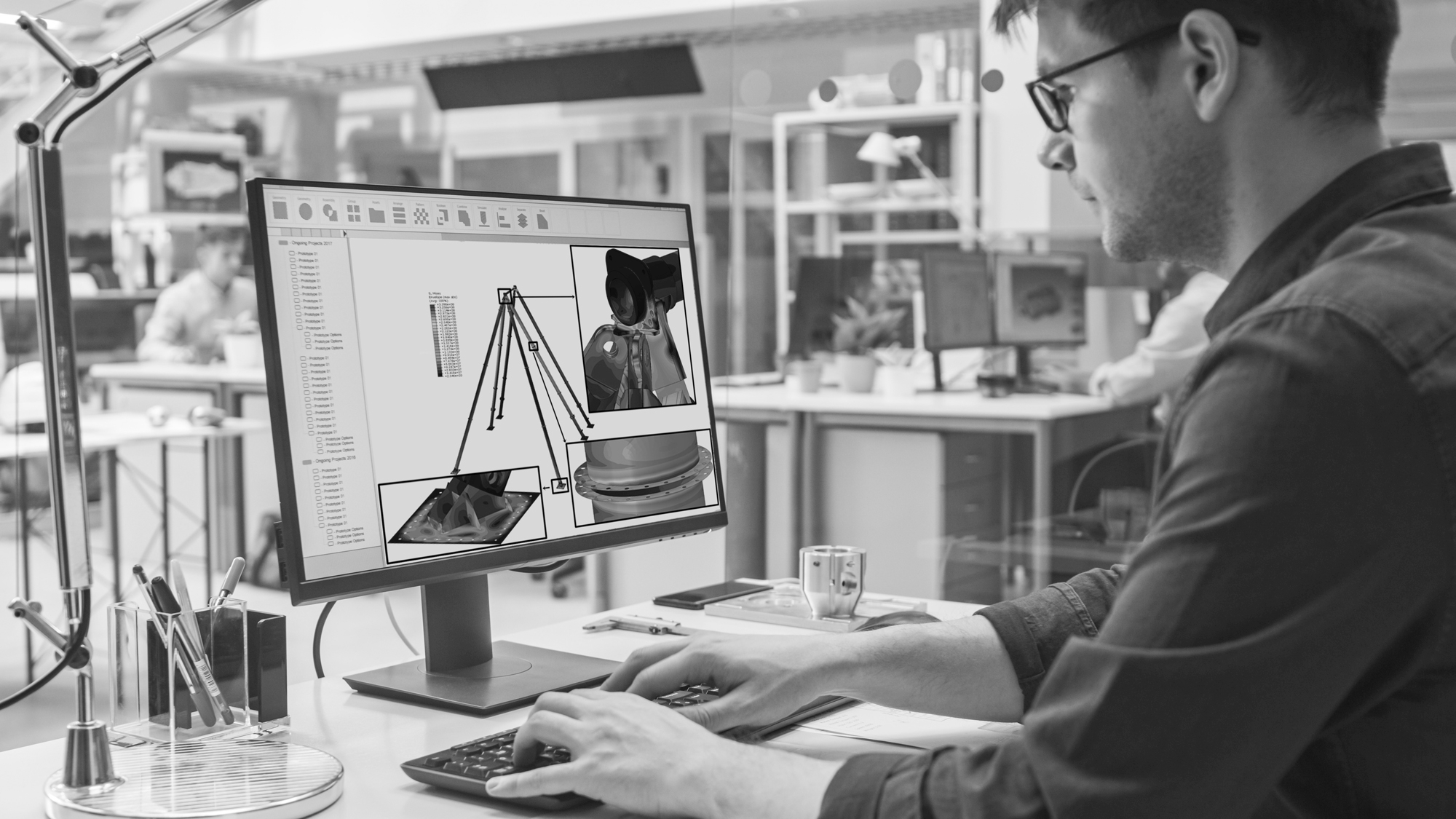Table of Contents
Introduction
North Korea, often referred to as the Hermit Kingdom, remains one of the most secretive and isolated countries in the world. While its political landscape dominates global headlines, its cities remain a mystery to many. In this article, we delve into the enigmatic urban centers of North Korea, offering insights into their structure, daily life, and challenges.
Overview of the Political Landscape in North Korea
Before delving into its cities, it’s crucial to understand the political context of North Korea. The country operates under a totalitarian regime led by the Kim dynasty, with supreme authority vested in its leader, currently Kim Jong-un. This political structure profoundly influences all aspects of life within North Korean cities.
Major Cities in North Korea
Pyongyang: The Capital City
Pyongyang stands as the heart of North Korea, serving as its political, cultural, and economic center. Characterized by grandiose monuments and meticulous urban planning, it offers a glimpse into the regime’s aspirations. Visitors to Pyongyang often witness impressive architectural feats, such as the Juche Tower and the Ryugyong Hotel, despite the stark contrast with the city’s impoverished outskirts.
Hamhung: Industrial Hub of North Korea
Located on the eastern coast, Hamhung plays a vital role in North Korea’s industrial sector. Its sprawling factories and chemical plants contribute significantly to the nation’s economy. However, like many https://guloseu.kr/, Hamhung grapples with environmental degradation and resource scarcity.
Chongjin: Key Port City
Chongjin serves as a crucial maritime gateway for North Korea, facilitating trade and commerce. Despite its strategic importance, the city faces challenges such as outdated infrastructure and limited access to basic amenities.
Urban Planning and Architecture in North Korean Cities
North Korean cities boast meticulously planned layouts, often designed to showcase the regime’s power and ideology. Monumental structures and wide boulevards dominate urban landscapes, while residential areas adhere to strict zoning regulations. However, behind the facades of grandeur lies a reality of dilapidated infrastructure and chronic shortages.
Daily Life in North Korean Cities
Life in North Korean cities revolves around adherence to state ideology and loyalty to the regime. Citizens have limited access to information and are subject to strict surveillance. While propaganda extols the virtues of the regime, many struggle to meet their basic needs amidst widespread poverty and deprivation.
Economy of North Korean Cities
The economy of North Korean cities primarily revolves around state-owned enterprises, with little room for private enterprise. Heavy reliance on outdated technology and international sanctions hinders economic growth, leading to stagnation and dependency on foreign aid.
Transportation Infrastructure
North Korean cities maintain a rudimentary transportation network, with limited access to modern amenities such as cars and public transport. While Pyongyang boasts a metro system, most citizens rely on bicycles or walking for daily commutes.
Education and Healthcare System
Education and healthcare in North Korean cities are heavily influenced by state propaganda and ideology. While access to basic services is nominally provided, quality often varies, with rural areas facing significant shortages of trained professionals and resources.
Cultural Landmarks and Attractions
Despite its isolation, North Korea boasts cultural landmarks and attractions that offer insights into its history and ideology. From the ancient city of Kaesong to the demilitarized zone (DMZ) bordering South Korea, these sites serve as testaments to the country’s tumultuous past.
Challenges Faced by North Korean Cities
North Korean cities grapple with a myriad of challenges, including food shortages, crumbling infrastructure, and a lack of basic services. International sanctions and political isolation exacerbate these problems, leaving citizens vulnerable to poverty and deprivation.
Future Prospects and Developments
The future of North Korean cities remains uncertain, with prospects for change largely dependent on geopolitical dynamics. While diplomatic efforts may offer hope for reconciliation and economic development, decades of isolation have left deep scars on the urban landscape.
Conclusion
In conclusion, North Korean cities offer a glimpse into a world shrouded in secrecy and propaganda. Despite their grandeur, they hide a reality of poverty, oppression, and isolation. As the world watches, the fate of these cities remains intertwined with the broader geopolitical landscape.







